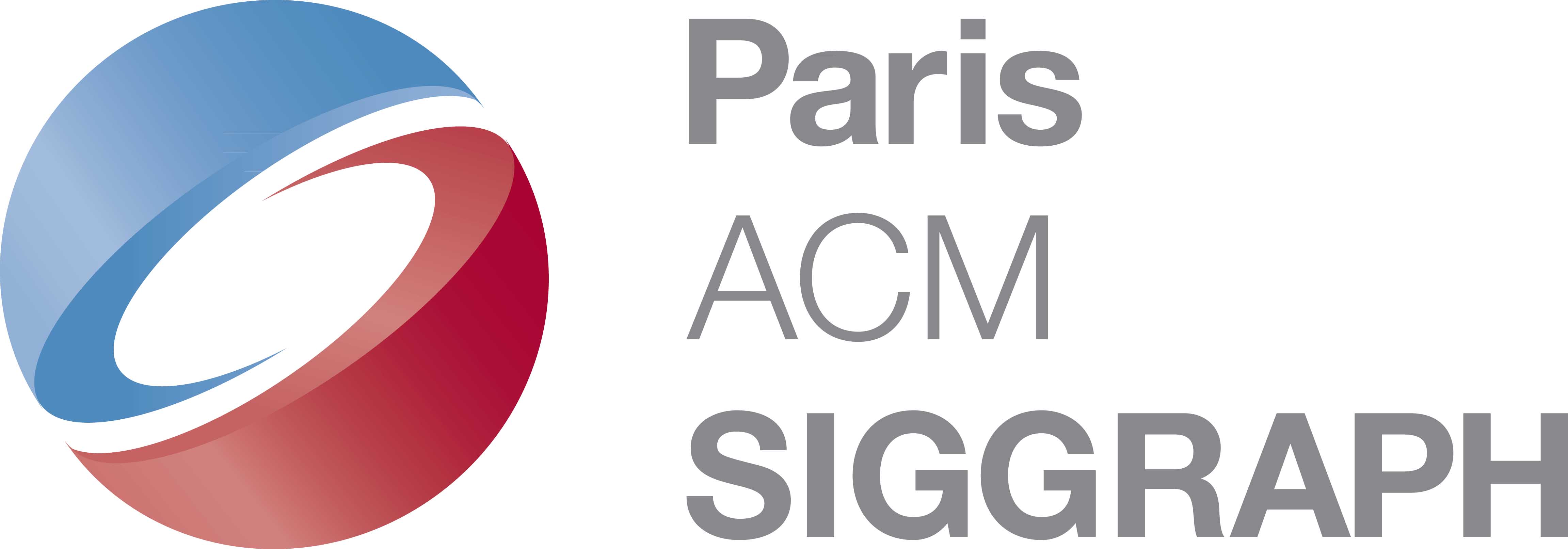History of the Digital: philosophy
Actual presentation of Digital history, from Big Bang to the 2010's. Digital history museums.
What we consider as digital
Digital has taken its full value with the digital computer and the conceptual synthesis of Von Neumann and al. in the 1950's. But this explicit emergence has roots digging back to the Big Bang... and a major precedent in life, of which the digital nature (DNA) was discovered in these same years.
Organization of the periods
Periodization.
But for ancient years, we have chosen the regular decades, in ordre to avoid subjectivism.
We could have :
- Midelle Ages
- Modern times : Renaissance, Classics, Industrial
- Modern but Shake-up : 1906-1960
- Post-Modern : 1960-1990
- Global mind: 1990 and after, up to an hypothetical singularity
Each period begins with a short synthesis, followed by the same set of parts:
- Transition. How the period connects with the precedent and the following ones.
- Fragmentation A key aspect of digitization. From atom to bits, with multiple and various intermediate levels.
- Autonomy. Second essential feature. Autonomy, for a given time interval, is the number of cycles times the richness of each cycle. Processors and memory are the main bases of autonomy.
- Communication.
Relations of an object with the other objects. Sensors and IHM. Output.
- "Software". We take it here as the eEntities or features that are not properly material. They cannot exist without being instantiated or established somewhere. But their location is of little importance for their use, as long as there is somewhere a pointer, or handle to access them. Their size also doesn't matter much, but for perfomance or costs issues.
General ideas
Some first elements.
- The global evolution is towards finer and finer fragmentation combined with larger and larger compositions, with a growth in complexity.
Problem: material fragmentation stops on the quanta theory, with stochastic realities below; formal fragmentation stops on the bit, with nothing below.
- Acceleration. A classic of history observations. Here we think it is a constant. See IHD
- The Von Neumann Core.
- Continuity/discontinuity. The discontinuities come more from the economy, ecology and politics than from technology, in the civilizations who do not block it.
There are fundamental discontinuities (non coherence thresholds), but as far as we can describe them in words, everything can be grouped in global texts.
Work in progress
- Quantitative history
- More facts, and more details (at least, good references)
- Excel file to let everybody make their own periodization, for instance
DICCAN'S PARTNERS:

Paris ACM Siggraph, the French chapter of ACM Siggraph, worldwide non-profit organization of computer graphics.

Les Algoristes, an association of artists using their own algorithms in their work.
